I was training the other day and I asked a group of 14 year old rookies, what the responsibilities of the plate umpire were. They all gave me pretty much the same answer, to call balls and strikes and to make calls on plays at the plate. Both are correct answers but there is a lot more into being a good plate umpire besides these. This post is going to go through what I determine to be the responsibilities of the plate umpire:
1) First and foremost, calling balls and strikes is the most important task an umpire does. It is also what separates the decent umpires from the good umpires. One of these days, I am going to put up a video on mechanics behind the plate but for the purposes of this post, know this: the key to being good at calling balls and strikes are simple. You need to be consistent. The strike zone does not change during the game, no matter what the score it. You need to be loud. The deaf grandmother needs to be able to hear your strike call. And you need to have good timing. PAUSE, READ, REACT!! See the pitch, think the call, make the call.
2) Fair and Foul Decisions. When you get older and start working with more experienced umpires, this gets more complicated but as a younger umpire in our system, the plate umpire takes ALL fair/foul decisions. So you have to be ready to get on that line and make the call.
3) Fly balls to the outfield. In our system, with no runners on base, the plate umpire takes takes all fly balls. Even though you can do that from behind the plate, it makes you look A LOT better to get out from behind the plate and get a better view of the play. Sometimes you only have to take 5 steps, other times (i.e. sinking line drive that the left fielder might dive for) you need to get past the pitching mound. The key is to just get out from behind the plate and hustle.
Now, if there is are runners on, this is where it gets complicated. If the ball is hit from inbetween the left fielder and the right field (or other words, there is no chance it is going to be a foul ball) then the field umpire takes the ball and the plate umpire makes sure the runners touch the bases. In this situation, you won't go to far from the plate because you might have a play at the plate. If the fly ball is hit down the line, the plate umpire takes the ball and the field umpire watches the runner. CONFUSED YET?
4) BALKS!!!! This is technically both umpires responsibilities but it is important.
5) Ground Balls with no runners on - On ground balls with no runners on, the plate umpire needs to clear the catcher and follow the runner down the first base line about 10 to 12 steps. (Half way down the line if you want to do it like the pros but it's not necessary). You do this for two reasons. First, sometimes your partner misses the fielder pulling his foot early, you are another set of eyes that can be used, IF HE ASKS FOR HELP. Remember, you NEVER overturn a partners call. If he wants help, he will ask and then you can tell him what you say. It is up to the partner if they want to change the call or not. The second reason you head down the line is to make sure the runner stays in the running lane.
As you umpire more, you will learn of more responsibilities but for the younger umpire, this will be more than enough to think about as you start working this spring. Just remember, the umpire that hustles is less likely to get yelled at as the umpire who just stands in one spot all game.
Have fun this summer and PLAY BALL!!!
Subscribe to:
Post Comments (Atom)
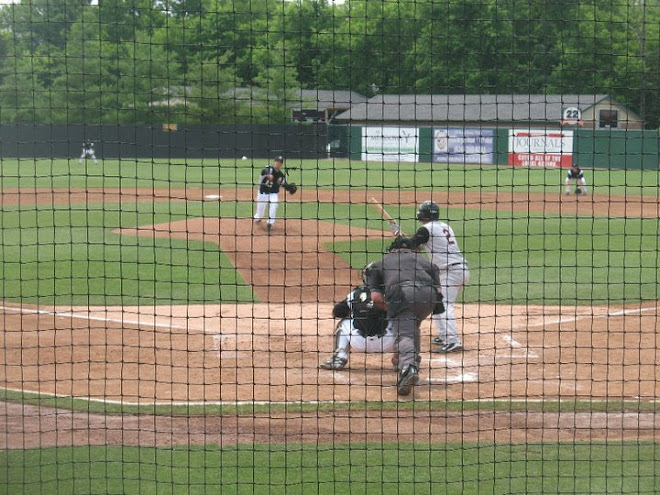
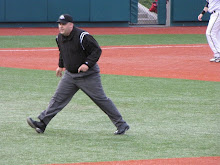


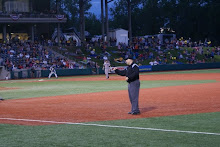
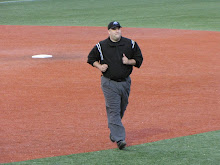
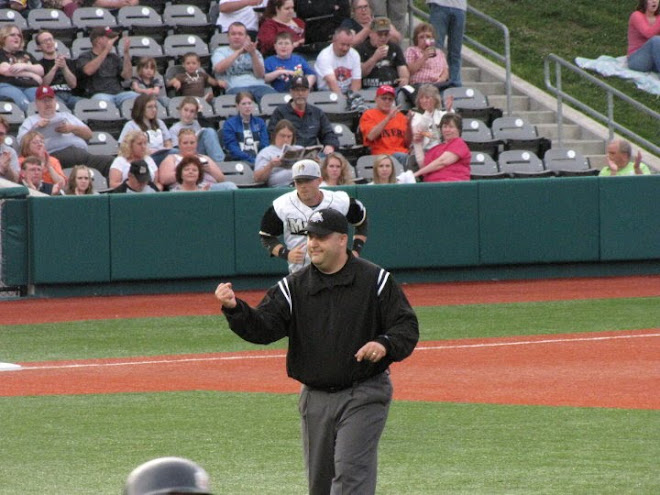
No comments:
Post a Comment